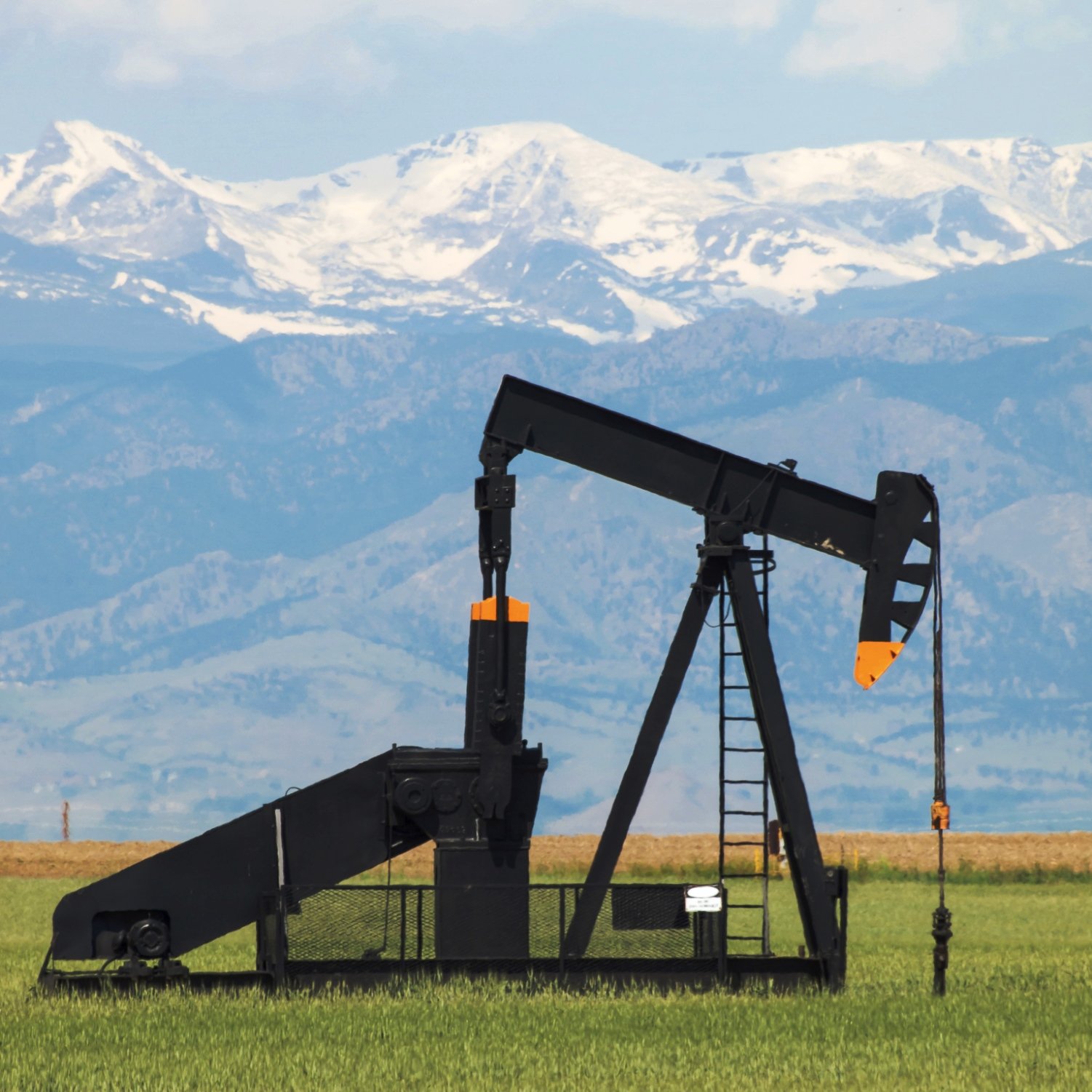Energy
Oil Rig Count Rose by 3 Last Week, Some Hedge Funds Going Very Long

Published:
Last Updated:

In the week ended June 10, the number of rigs drilling for oil in the United States totaled 328, up by three compared with the prior week and a total of 635 a year ago. Including 85 other rigs drilling for natural gas, there are a total of 414 working rigs in the country, up by six week over week and down 445 year over year. There is also one rig listed as “miscellaneous.” The data come from the latest Baker Hughes Inc. (NYSE: BHI) North American Rotary Rig Count, released on Friday.
West Texas Intermediate (WTI) crude oil for July delivery traded down about 3.3% on Friday to settle at $48.88, up about 0.5% for the week, after posting a high of $51.67 on Thursday. The U.S. Energy Information Administration (EIA) reported last Wednesday that crude supplies had decreased by 3.2 million barrels in the week ended June 3 and that gasoline supplies had risen by 1 million barrels.
Rising prices for crude have generated differing opinions on both the direction and the amplitude of future prices. Bloomberg News reported Friday that investors — most likely hedge funds — have been buying call options that will only finish in the money if the price of crude oil rises to “well above $100 a barrel over the next four years.” The hedgies are betting that rising demand will only be slowed by higher prices.
We noted earlier last week that the U.S. Energy Information Administration (EIA) reckons that global supply dropped by some 3.6 million barrels a day in May, largely due to disruptions that are typically temporary. The massive wildfire in Canada’s oil sands region, militant attacks against Nigerian facilities, political turmoil in Libya and extreme weather in Iraq were the main causes of the May decline. Canadian production is beginning to come back, as is Iraqi production. The Nigerian and Libyan outages probably won’t be resolved any time soon, but that’s the nature of political disruptions.
On top of that, Continental Resources Inc. (NYSE: CLR) CEO and founder Harold Hamm told Bloomberg TV that with prices at $50 a barrel it becomes economic to complete already drilled wells and begin producing. He also said that when prices reach $60 a barrel, he believes that new drilling becomes economic. Hamm thinks WTI will hit $70 a barrel by the end of the year.
The number of rigs drilling for oil in the United States is down by 307 year over year and up by three week over week. The natural gas rig count also rose by three rigs to 85. The count for natural gas rigs is down by 136 year over year. Natural gas for July delivery closed the week at $2.58 per million BTUs, up about 7.5% compared with the prior week. The low price for natural gas over the past 12 months is $1.94 per million BTUs.
U.S. refineries ran at 90.9% of capacity, a week-over-week increase of 211,000 barrels a day. Imports fell by about 134,000 barrels a day, to around 7.7 million barrels a day in the week.
Hedge funds — under the Managed Money heading in the Commodity Futures Trading Commission (CFTC) weekly Commitments of Traders report — added 26,062 short contracts last week and 8,007 long contracts. The movement reflects changes as of the June 7 settlement date. Managed money holds 281,955 long positions compared with 89,364 short positions. Open interest totaled 1,748,314. There were 46 hedge funds with large short positions last week, up by seven compared with the prior week.
Among the producers themselves, short positions outnumber longs by nearly three to two, 465,904 to 181,530. The number of short positions fell by 6,297 contracts last week and longs fell by 1,193 positions. Positions among swaps dealers show 249,547 short contracts versus 213,759 long positions. Swaps dealers dropped 2,647 contracts from their short positions last week and added 11,449 long positions.
Among the states, Texas and North Dakota each added two rigs last week. Alaska, Ohio, Oklahoma and Utah each added one, and Pennsylvania lost one rig.
In the Permian Basin of west Texas and southeastern New Mexico, the rig count remained unchanged at 142. The Eagle Ford Basin in south Texas added one rig to bring its total to 30, and the Williston Basin (Bakken) in North Dakota and Montana now has 24 working rigs, up by two compared with the prior week.
Enterprise Products Partners L.P. (NYSE: EPD) lists a posted price of $45.52 per barrel for WTI and a June 4 price of $46.47 a barrel for Eagle Ford crude. The price for both varieties rose by $0.45 a barrel over the past week. Crude has gained more than $4.00 a barrel in the past five weeks. Enterprise has not posted a price for North Dakota Light Sweet for the past eight weeks.
The pump price of gasoline rose by about 1% week over week. Saturday morning’s average price in the United States was $2.379 a gallon, up from $2.354 a week ago. The year-ago price was $2.761 a gallon.
Want retirement to come a few years earlier than you’d planned? Or are you ready to retire now, but want an extra set of eyes on your finances?
Now you can speak with up to 3 financial experts in your area for FREE. By simply clicking here you can begin to match with financial professionals who can help you build your plan to retire early. And the best part? The first conversation with them is free.
Click here to match with up to 3 financial pros who would be excited to help you make financial decisions.
Thank you for reading! Have some feedback for us?
Contact the 24/7 Wall St. editorial team.